NOTE: Due to the position and power of the engines, the aircraft presents a remarkable pitch-down tendency when throttle is applied. Use flaps as required to correct this behavior, only a little bit is usually needed. Always fully extend flaps for landings and water takeoffs. Refrain from applying full throttle during flight if the aircraft is at low speeds (~ 150 mph).
In the 60's, Socrux engineers decided to adapt early turbofan engines into one of their venerable S.HAE-2 Desbravador amphibious aircraft. Results were positive, and the green light was given for further development. After a remarkably short development time, the S.HAE-2J Desbravador-Bis was born.
Check out its piston-powered predecessor:
The adoption of jet engines required extra fuel tanks to fulfill range requirements, though they are almost never used to their full capacity (in this example for instance, they aren't). Despite these efforts, fuel consumption, high maintenance costs and the lack of a percieved need for a faster amphibious plane meant the aircraft wasn't well-recieved in the civilian market, with its older piston-engined brother outliving it in that realm.
Its military version, on the other hand, saw extensive use as patrol aircraft during the Cold War as a stopgap measure until more capable machines were available, especially in remote regions where basing other aircraft was difficult. Here it is shown in a fully loaded anti-shipping configuration, with four torpedoes, four anti-ship missiles and two 20mm gunpods for attacking small coastal vessels. Designated S.HAP-2J Explorador-Bis-M, it is also fitted with countermeasures to improve airframe survivability.
CONTROLS:
AG1: Drag Chute
Flaps: Flaps Up/Down (Inverted). Also used in moderate amounts for trimming.
Cameras: The aircraft is fitted with cameras all over in the different "seats" of the plane. Take a look around!
Specifications
General Characteristics
- Created On Windows
- Wingspan 77.9ft (23.7m)
- Length 75.9ft (23.1m)
- Height 17.5ft (5.3m)
- Empty Weight 30,471lbs (13,821kg)
- Loaded Weight 53,240lbs (24,149kg)
Performance
- Power/Weight Ratio 2.532
- Wing Loading 43.0lbs/ft2 (209.9kg/m2)
- Wing Area 1,238.2ft2 (115.0m2)
- Drag Points 15288
Parts
- Number of Parts 173
- Control Surfaces 12
- Performance Cost 1,216

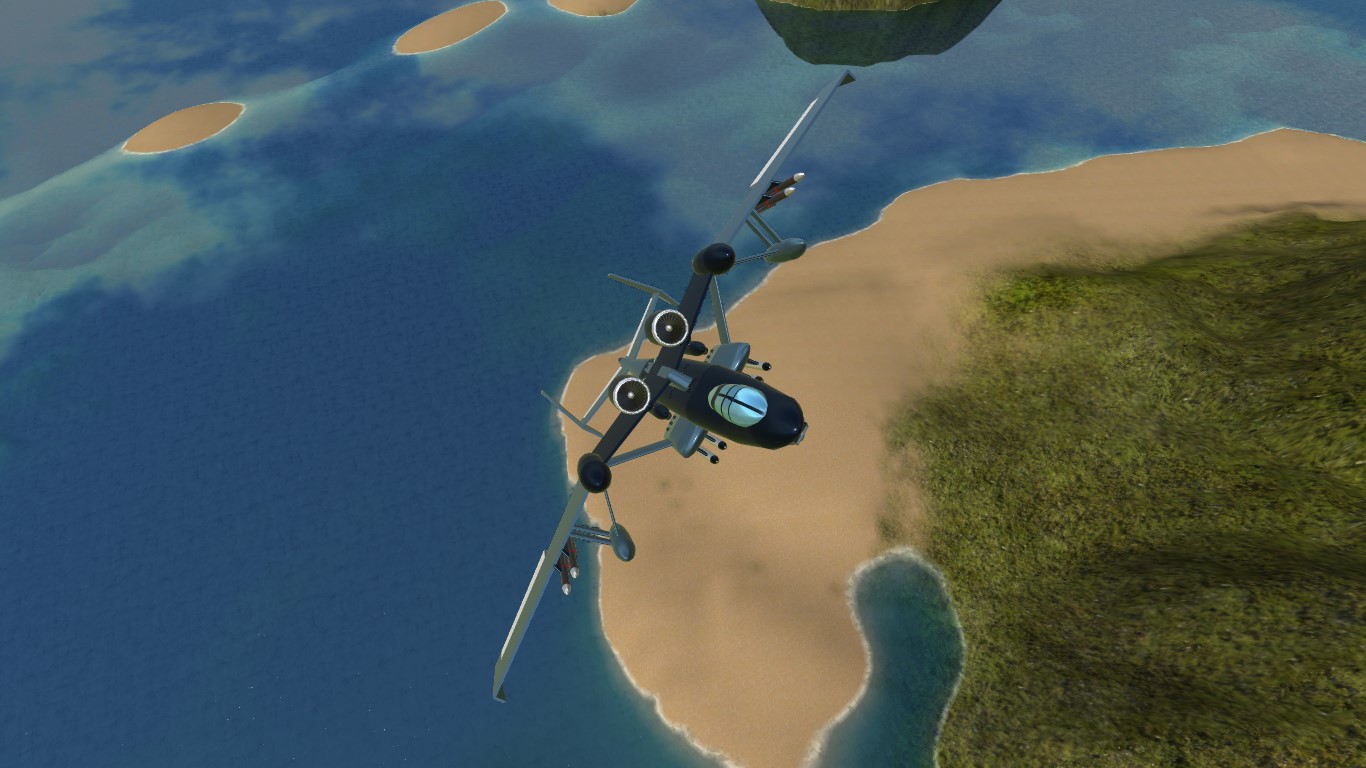
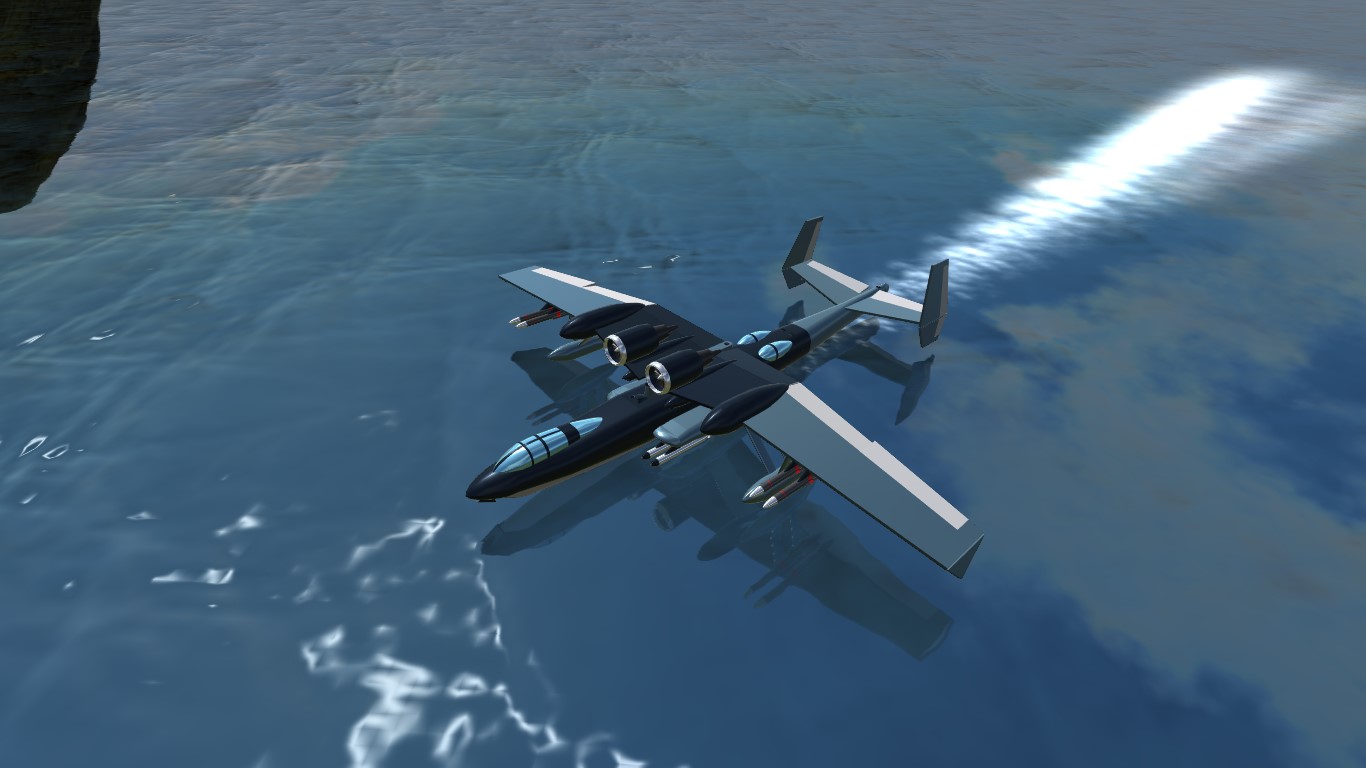
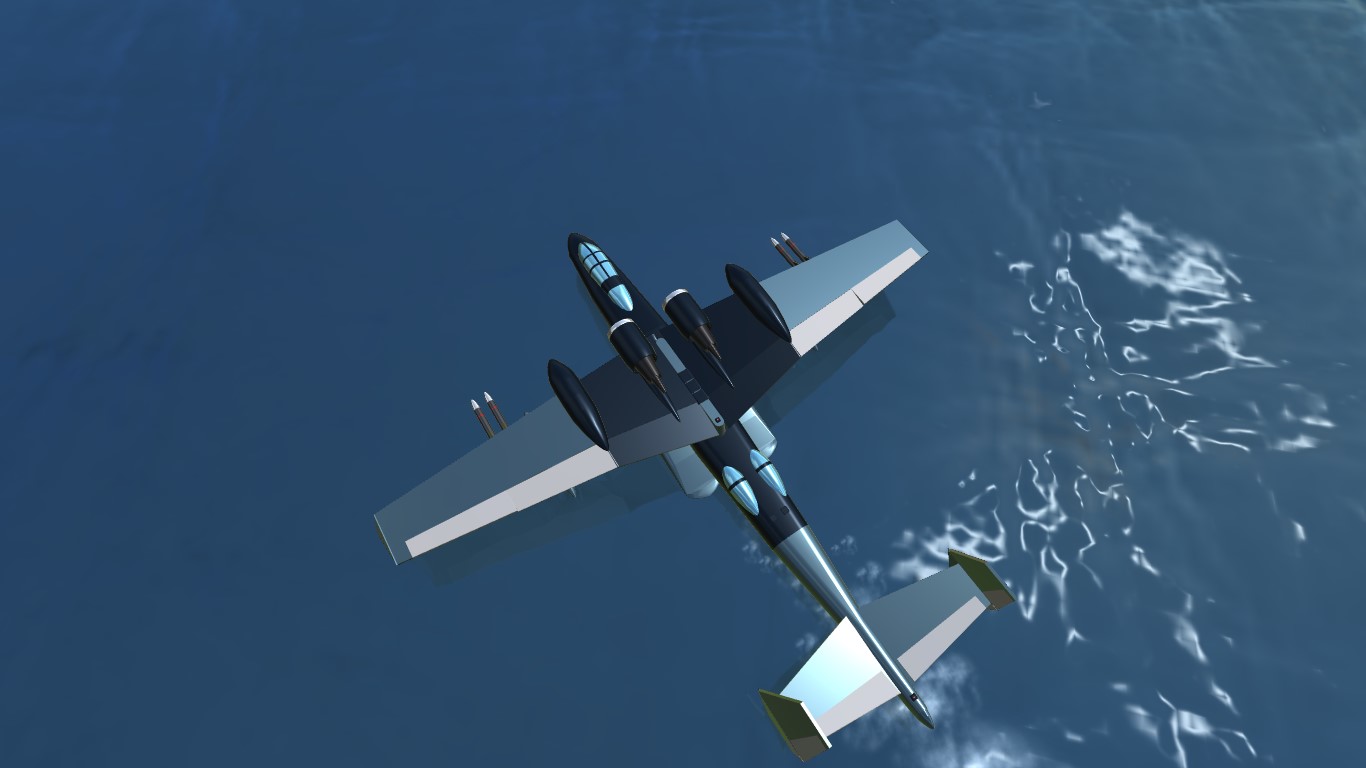
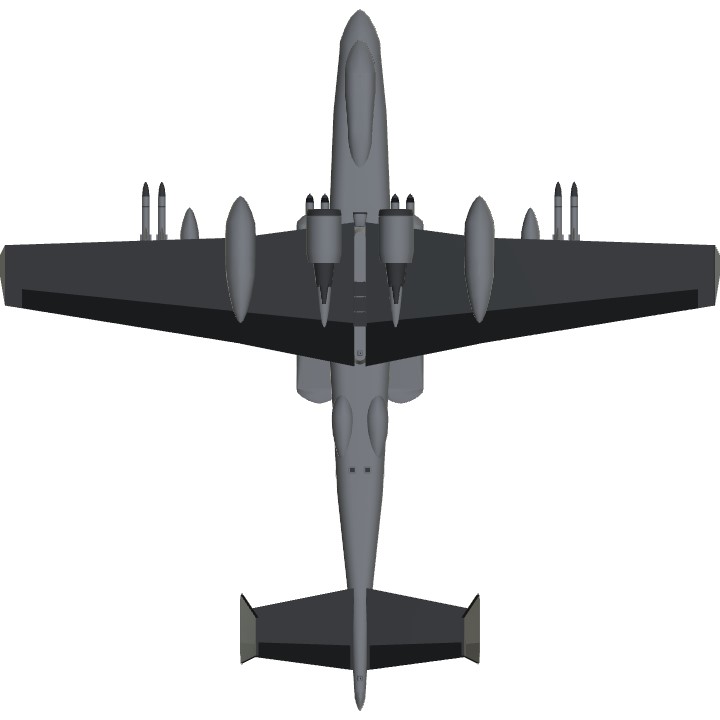
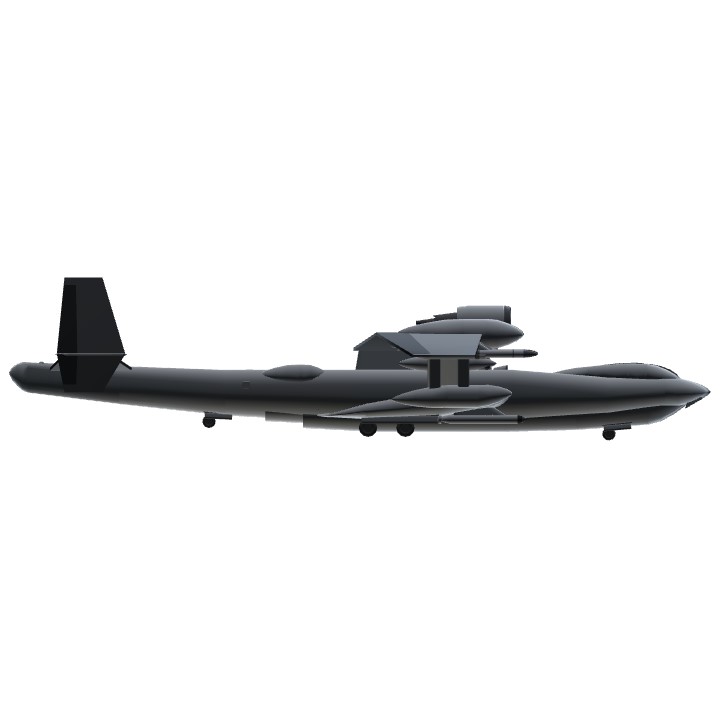
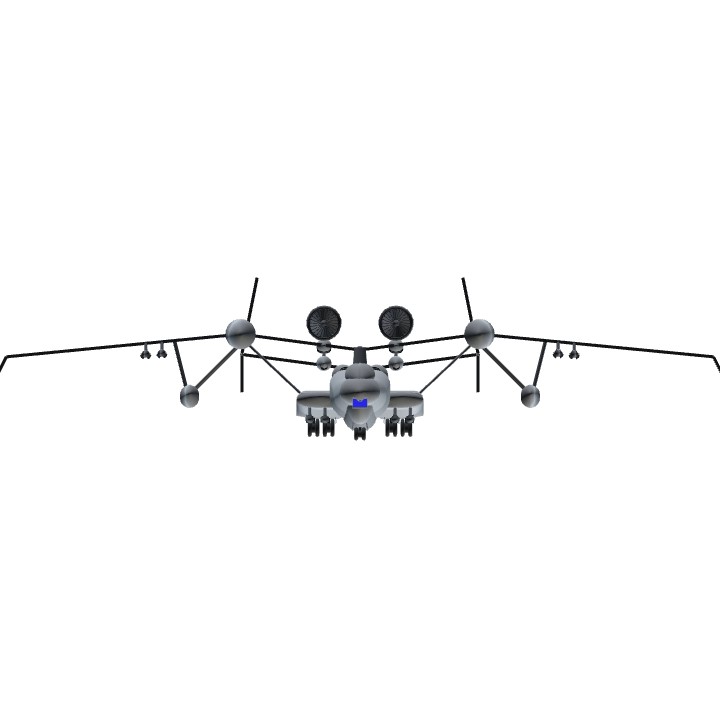
This is really cool too! It’s an awesome cross between piston and jet aircraft